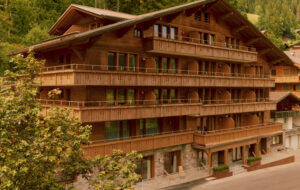|
All 3,500 items in the San Francisco Museum of Modern Art in a single interface |
||
|
Maps have become an increasingly important way of seeing both the online and offline worlds. San Francisco-based Stamen Design is at the forefront of building a new generation of tools that allow people to manipulate maps in such a way that the raw information available online becomes useful in hitherto unimagined ways. One example of this is a sophisticated journey-time planner which allows the user to compare different types of data, for instance to find streets within 30 minutes of the Olympic stadium where the average house price is below a certain level. This is an example, says Michal Migurski, one of Stamen’s partners alongside Eric Rodenbeck and Shawn Allen, of the studio’s guiding principle. Whereas resources like Google Maps have provided what he calls an “80% solution”, allowing you to answer specific queries and making things like finding local shops online a common act, Stamen wants to deliver the remaining 20%. “[In traditional routefinding] you know where you are and you know where you’re going and the routefinder is telling you how to get from point A to point B efficiently,” says Migurski. “And what we became interested in is this idea that you may not know where you’re going, and you might use the sum of all possible routes to find out where you might go in the first place.” The studio has also built interfaces that allow users to see videos posted to Flickr arranged on a timeline, or to play with the data gathered by real estate website Trulia, or to see crime hotspots in the city of Oakland, California. Whereas the web has grown up as a thing to be searched, Stamen’s tools make it a thing to be explored.
|
Image Adam Laycock
Words Justin McGuirk, Johanna Agerman, William Wiles, Anna Bates, Beatrice Galilee, Oliver Wainwright, Alex Pasternack, Matthew Barac, Sean Dodson |
|


















